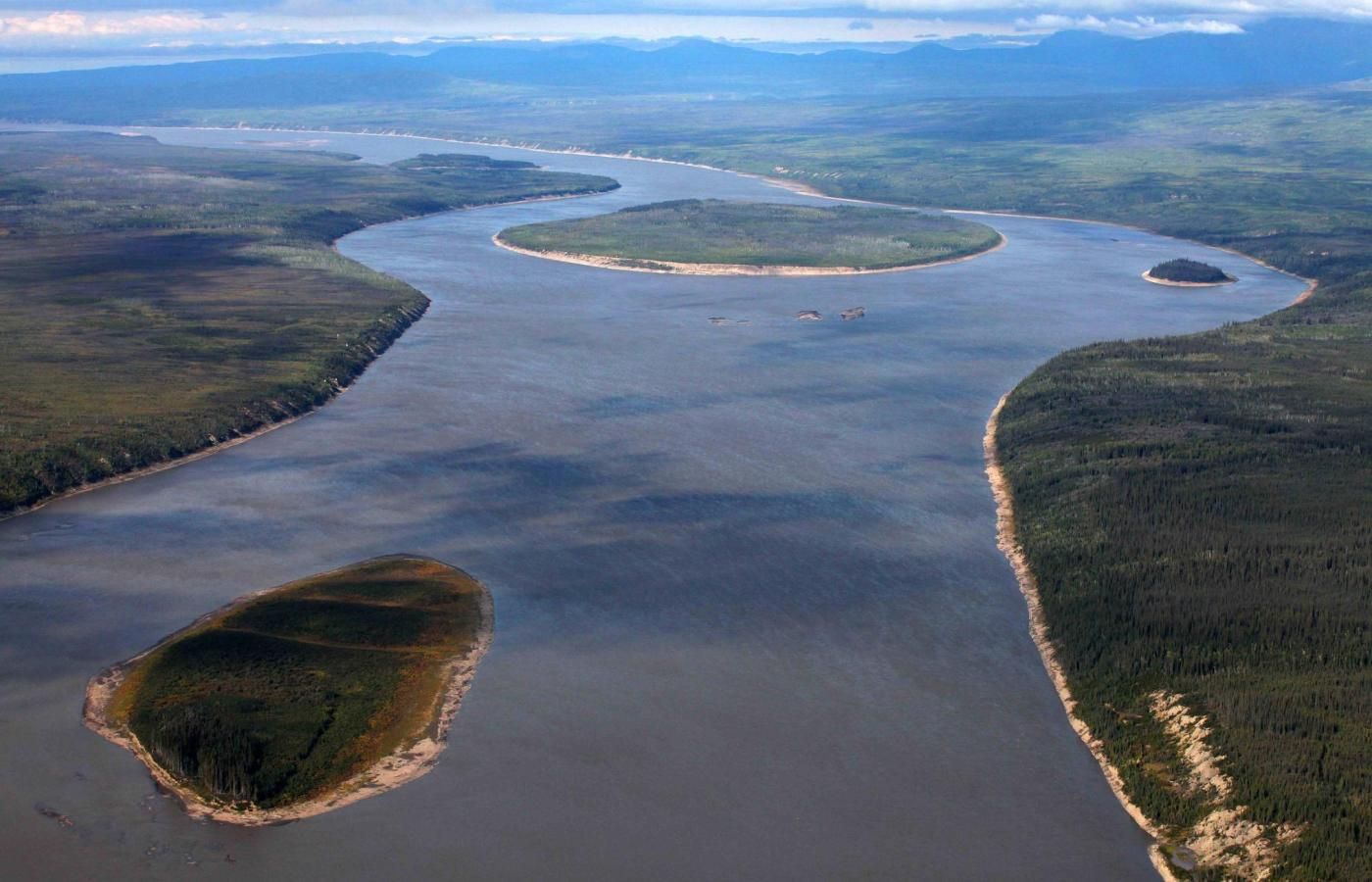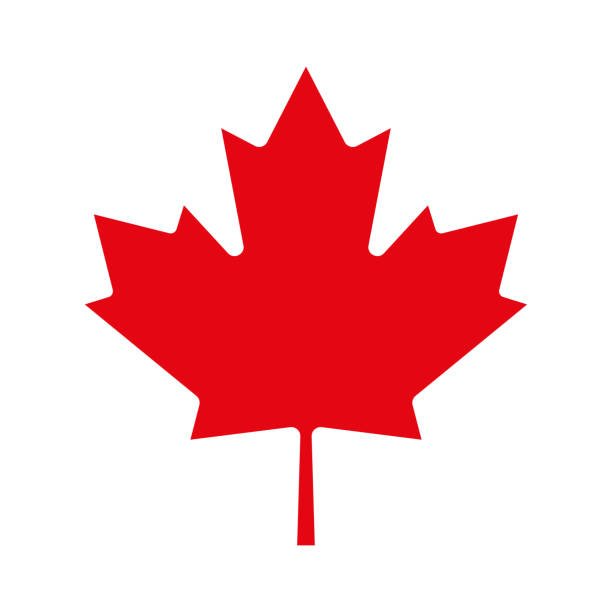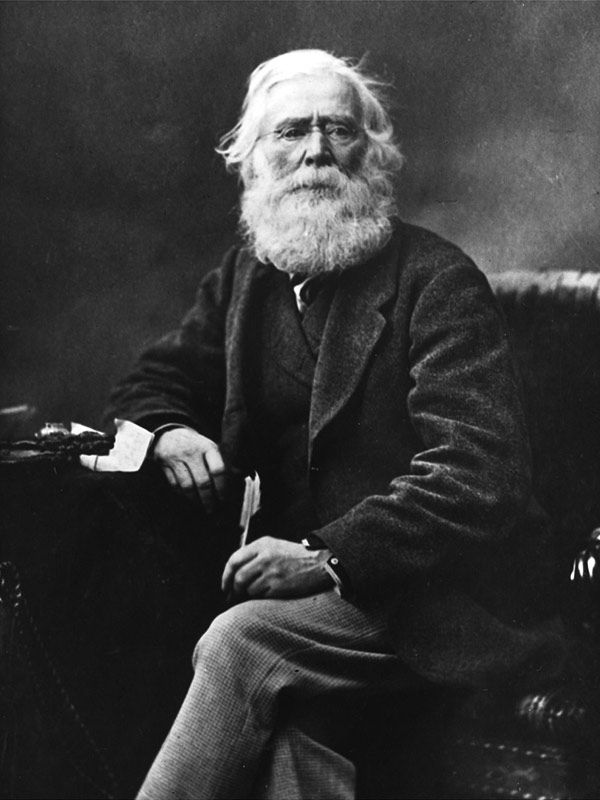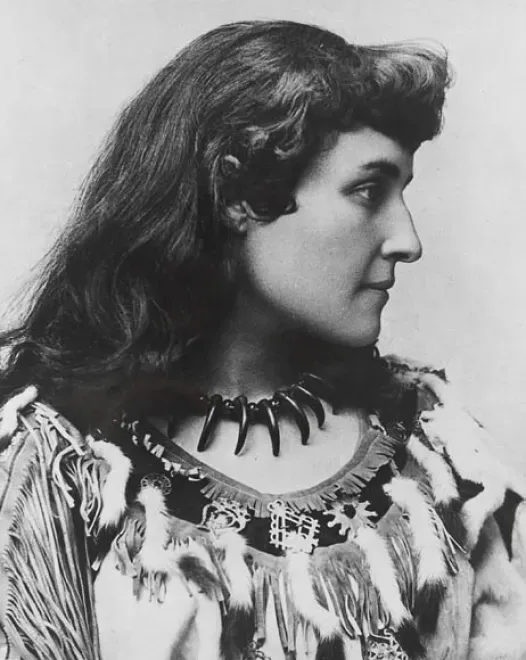Female Canadian Citizens Are Able to Vote
Women’s eligibility to vote in Canada was obtained through a decades-long journey led by courageous women who fought to obtain equal voting rights beginning in the 1800’s. Learning about women's suffrage in Canada will help you pass the Canadian citizenship test.
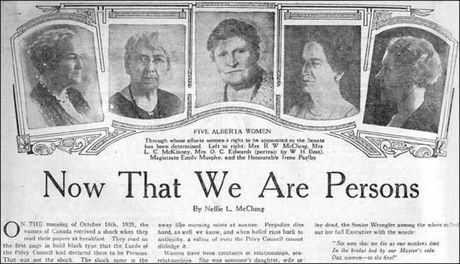
All blog articles reference persons and/or historic sites and events that are cited in the Discover Canada Study Guide and include relevant information necessary for Canadian Citizenship test preparation.
The Suffrage Movement in Canada:
Women’s suffrage in Canada was a movement that included hundreds of courageous women who strategically worked toward the right of women to vote in political elections and to run for political office. Today, Canadian citizens are able to benefit from the work they did.
Women who were settling in the new country of Canada saw the importance of being represented in matters of justice, education and employment. They also desired to put an end to male violence against women.
As a result of the suffrage initiatives, women’s right to vote was granted in the three prairie provinces of Manitoba, Saskatchewan and Alberta in 1916. By the end of 1922, all the Canadian provinces, except Quebec, had granted full suffrage rights to white and black female Canadian citizens. Asian and Indigenous women were not able to vote at this time.
Asian women (and men) were not granted suffrage until after World War II in 1948. Inuit women (and men) were granted the vote in 1950 and in 1960 the right to vote in federal elections was extended to First Nations men and women without requiring them to give up their treaty status.
The Famous Five:
Five women, known as The Famous Five, were prominent Canadian suffragists from Alberta, who advocated for women and children: Henrietta Muir Edwards, Nellie McClung, Louise McKinney, Emily Murphy, and Irene Parlby.
On August 27, 1927, these women petitioned the federal government to refer the issue of the eligibility of women to be senators to the Supreme Court of Canada. This became the foundation for the “Persons Case.” The Supreme Court was called upon to determine if the word “Persons” in Section 24 of the British North American Act, 1867, included female persons. In 1928 the Supreme Court unanimously held that women were not “qualified persons” within the meaning of the Act.
These five women appealed that ruling to the Judicial Committee of the Privy Council, which was at that time the highest court in the British Empire. Eventually the Judicial Committee overruled the Supreme Court and held that women were indeed “qualified persons” and eligible to be appointed to the Canadian Senate.
Canada’s First Female Physician:
Change came slowly, but in 1854, Emily Stowe became the first woman principal of a public school in Ontario. She applied to the Toronto School of Medicine in 1865 to become a doctor but was rejected because she was a woman. She left Canada to attend the New York Medical College for Women, where she received her degree in homeopathic medicine.
She returned to Canada in 1867 to practice homeopathic medicine. In 1871 Stowe was finally admitted to the Toronto School of Medicine and in 1880 became the first female physician to practice medicine in Canada.
Canada’s First Female Member of the House of Commons:
Agnes Campbell Macphail was the first woman to become a Member of the House of Commons in 1921. This was the first federal election in which a woman had the right to vote. She entered politics to represent the farmers of her region. Throughout her long political career, she also defended the rights of miners, immigrants, prisoners, women and other marginalized groups.
Conclusion:
Through the years, female Canadian citizens have contributed significantly to our Canadian society. The Canadian Charter of Rights and Freedoms grants women and men equal rights under the law.
Joy Dirks
October 2022
